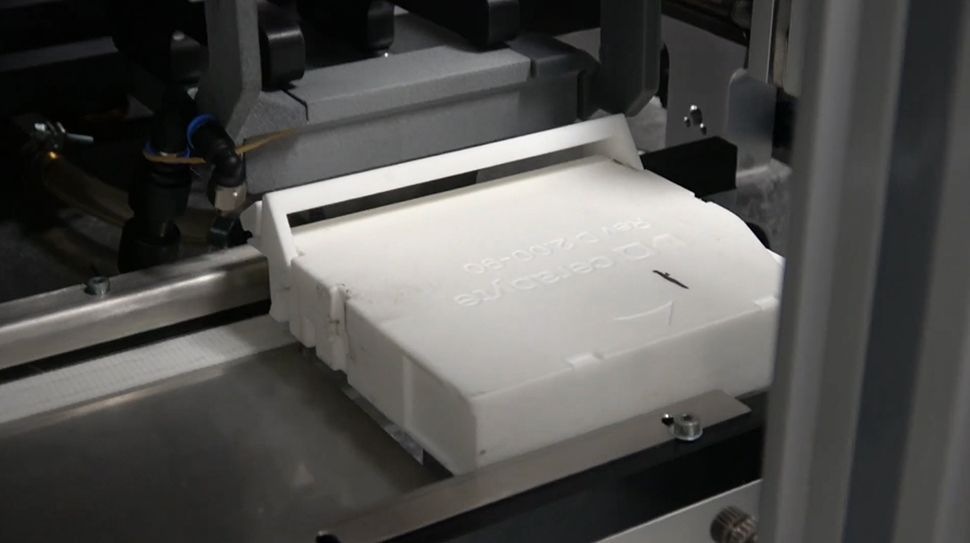In today's digital age, companies and individuals generate and accumulate more data than ever before. However, the cost and relatively short lifespan of existing storage methods present significant concerns. Enter Cerabyte, a startup offering a highly durable, low-cost solution with a virtually unlimited lifespan: ceramic nanolayers.
Cerabyte likens its data storage method to the ancient Egyptians' practice of carving hieroglyphics into rock, and while there's still some way to go before the technology is widely available, the company has already transformed its initial proof of concept into a fully operational terabyte terminal. Complete demo system, using only commercial components available on the market.
The Cerabyte demo system consists of a reading rack and several library racks. The storage medium takes the form of a thin, accessible square sheet of glass (called a plate or carrier) with a dark nanoscale ceramic layer stored in cartridges within a robotic library.
How does it work
When it comes to writing data, the cartridge is moved from a library rack to the read/write rack. The cartridge is opened, the platter is removed and placed on a stage. Data is inscribed into QR code-like patterns using a femtosecond laser pulse.
The laser pulse creates holes or leaves spaces in the ceramic layer, which represent binary ones and zeros. As the stage progresses, a line of QR patterns is written and then read and verified with a microscopic camera on backward movement. Once a data carrier is completely written, it is returned to the cartridge and returned to the library.
The data recovery process is similar, except that the microscope camera is used to read the contents.
Cerabyte says data stored this way remains secure and accessible within a wide temperature range of -273°C (-460°F) to 300°C (570°F), even in corrosive or acidic atmospheres, and remains immune to radiation and electromagnetic interference. interference.
This initial system may not compete with today's next-generation storage systems, but Cerabyte believes it has the potential to become the future standard for long-term sustainable data storage. Its cost-effective and easily scalable technology, which requires no energy to retain data and eliminates the need to migrate data, is a very promising solution for the future.









